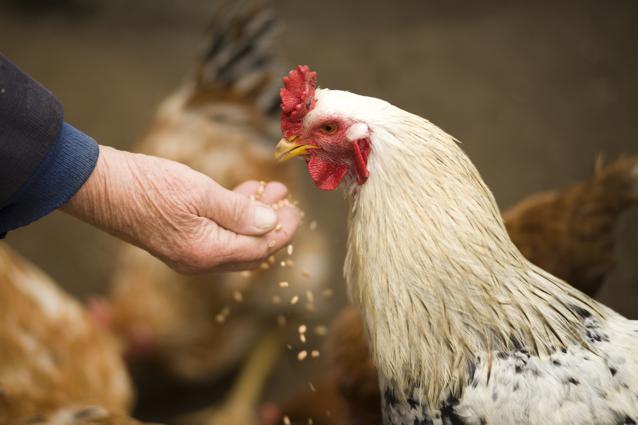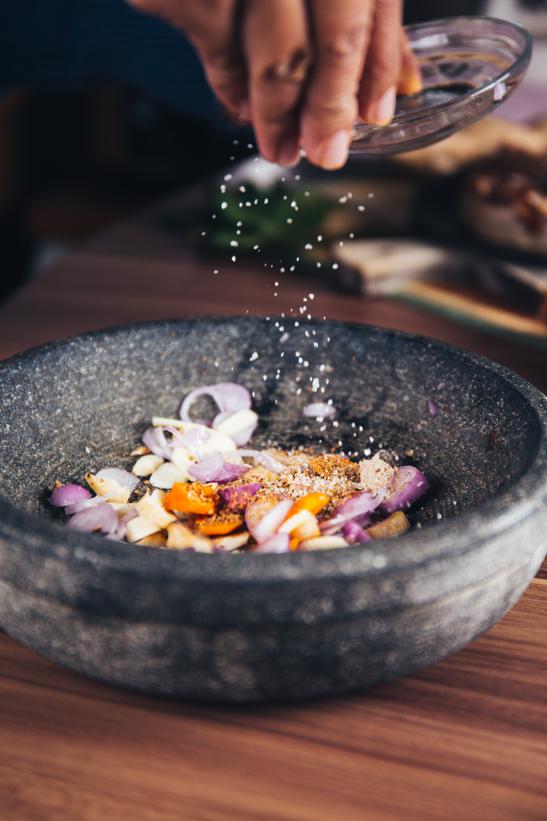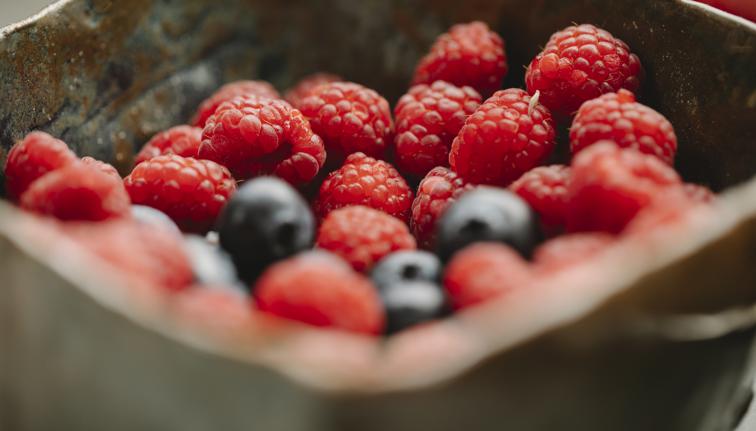Cooking With Alternative Grains: Exploring Diverse And Nutritious Options
Cooking with alternative grains is a great way to explore the wide variety of nutritious and delicious options available in the world of grains. Whether you are looking for something new to serve for dinner, or just looking to add a bit of variety to your diet, alternative grains are a great way to go. From quinoa, to millet, to buckwheat, there are so many different grains to choose from, each with its own unique flavor and nutritional profile.
In this blog, we will discuss the advantages of cooking with alternative grains, and provide some delicious recipes to get you started. So let’s explore the world of alternative grains and discover some new and exciting ways to cook!
Benefits of eating alternative grains


Cooking with alternative grains is becoming increasingly popular, and for good reason! Not only are these grains a delicious way to diversify your diet, but they are also incredibly nutritious. Alternative grains are packed with vitamins, minerals, and other essential nutrients that can help you stay healthy and energized.
From quinoa to buckwheat, there are a wide variety of alternative grains to choose from, each with its own unique flavor and texture. Eating alternative grains can also help to reduce your environmental impact, as these grains are often grown in a sustainable and eco-friendly way.
So, if you’re looking for a delicious and nutritious way to spruce up your meals, why not try cooking with alternative grains? You just might find that you have a new favorite ingredient!
Different types of alternative grains


Cooking with alternative grains can be a great way to explore diverse and nutritious options for your meals. From quinoa to buckwheat, from amaranth to millet, there is an array of options to choose from that can bring new flavors and textures to your dishes.
Not only are alternative grains incredibly delicious, but they are also packed with essential nutrients and minerals. Quinoa, for example, is an excellent source of protein, fiber, and iron, while amaranth is an excellent source of calcium, magnesium, and potassium. Incorporating these grains into your meals can make them more flavorful and nutritious, allowing you to enjoy a wider variety of meals.
Recipes for cooking with alternative grains


Are you looking to diversify your cooking options? Then look no further than exploring alternative grains! Cooking with alternative grains such as quinoa, buckwheat, and millet can be a nutritious and delicious way to add some variety to your meals.
Cooking with alternative grains such as quinoa, buckwheat, and millet can be a nutritious and delicious way to add some variety to your meals. Not only are they packed with vitamins and minerals, but they can also be used as a replacement for traditional grains like wheat and rice. From hearty bowls of quinoa to flavorful buckwheat pancakes, there are countless recipes to try.
So why not give alternative grains a try and discover a new world of flavors and nutrition?
Tips for selecting and preparing alternative grains


Are you looking to add a nutritious and diverse twist to your cooking? If so, alternative grains are a great way to do it!
From quinoa to amaranth to sorghum, there’s a world of grains out there that offer exciting and nutritious possibilities. But how do you select and prepare them? Here are some tips to help you make the most of alternative grains in the kitchen.
First, start with the basics: understanding what alternative grains are and what they offer. Alternative grains are typically grains that are not part of the grain-based foods you’re used to, such as wheat, rice, and oats. They’re often more nutritious than traditional grains and offer unique flavors and textures.
They’re often more nutritious than traditional grains and offer unique flavors and textures. Once you’ve identified some of the grains you’d like to try, do some research. Make sure you know how to select the right kind of grain (look for organic, fresh, and unprocessed), how to store it (in an airtight container in a cool, dry place for up to a year), and how to cook it (most grains require soaking or boiling).
Finally, experiment with your grains! Try combining them with other ingredients for unique flavor combinations, or using them as a substitute for traditional grains. With the right preparation, alternative grains can make for a delicious and nutritious meal.
Nutritional value of alternative grains


Are you looking to add more variety and nutrition to your meals? Look no further than alternative grains! Cooking with alternative grains opens up a world of diverse and nutritious options that can provide numerous health benefits.
From quinoa and farro to freekeh and amaranth, there are plenty of grains that offer plenty of vitamins, minerals, and fiber. Not only do these grains provide a delicious, filling, and nutritious meal option, but they can also help to promote heart health, diabetes management, and digestive health.
If you’re looking to get creative with your cooking, exploring alternative grains is a great place to start!
Conclusion
Cooking with alternative grains can be a great way to explore diverse and nutritious options. Not only are these options more sustainable and better for the environment, but they offer a variety of flavors, textures, and nutrients that can help to make meals more interesting and delicious.
Whether you are looking to expand your cooking repertoire or are looking to make more sustainable choices, alternative grains are a great choice.







